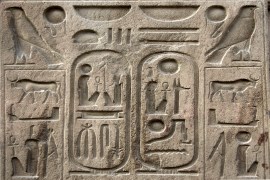Livre | Chapitre
Time and consciousness
pp. 121-135
Résumé
Different temporal rhythms may be distinguished among the coordinated physiological processes that take place in the brain. The phenomenon of time consciousness is intimately connected with the dynamics of the brain's different states of consciousness. The theory of complex systems far from thermal equilibrium has been used to formulate explanations for the emergence of consciousness. Consciousness is acordingly understood as a macroscopic, global-ordered state of neural switching patterns that result from microscopic local interactions in the complex networks of the brain. Time consciousness is not contradicted by physics but it can be explained as resulting from a complex neural interaction process. From the point of view of computer science, the question arises about what connections exist between computer machine time and human time consciousness.
Détails de la publication
Publié dans:
Mainzer Klaus (2002) The little book of time. New York City, Copernicus.
Pages: 121-135
DOI: 10.1007/978-1-4757-4332-6_7
Citation complète:
Mainzer Klaus, 2002, Time and consciousness. In K. Mainzer The little book of time (121-135). New York City, Copernicus.










